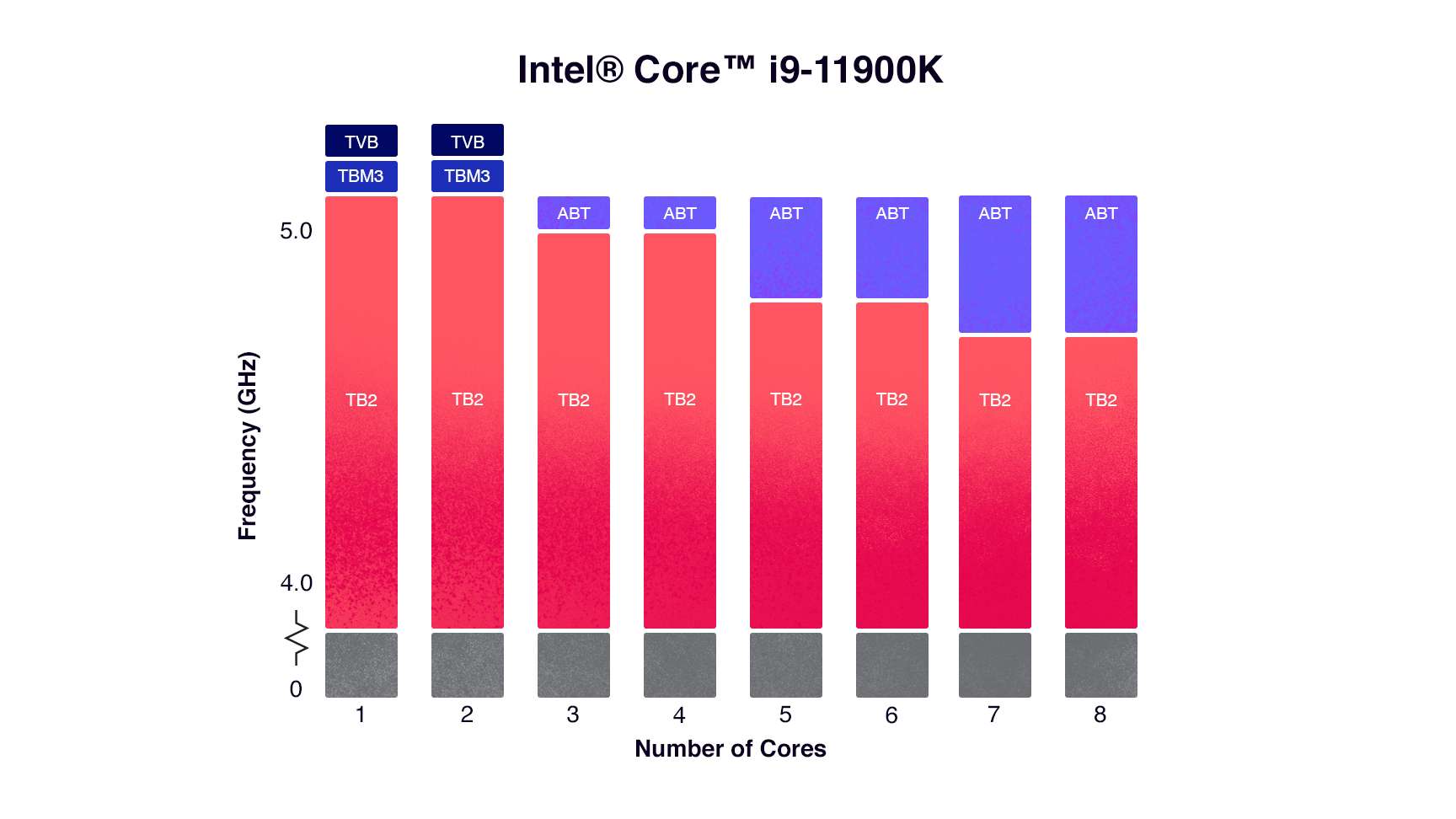Some people are failing to grasp other elements of the situation. If Intel had decided to sacrifice HT on the P cores in a quest for higher ST performance, the entire stack would look different! Intel already used four different masks for Alder Lake (2+8, 6+8, 8+8, and 6+0). Raptor Lake adds an additional mask. Without HT, the dies would be split differently, there would be e cores at every I level, and I3 would be 2+4 and 2+8, i5 would be 4+8, with K being 4+16, i7 would be 6+8 with K being 6+16, and i9 would be 6 +16 with K being 6+24. The Intel Processor (ex pentium and celeron) could be die recovery.
With an additional 3-5% more ST performance and more hardware cores to throw at MT tasks, every benchmark, save for ones that specifically hammer exclusively 7 and 8 thread cases would see a notable uplift. Also, with only 2 tiers of thread types to manage, even the thread director would work better.





